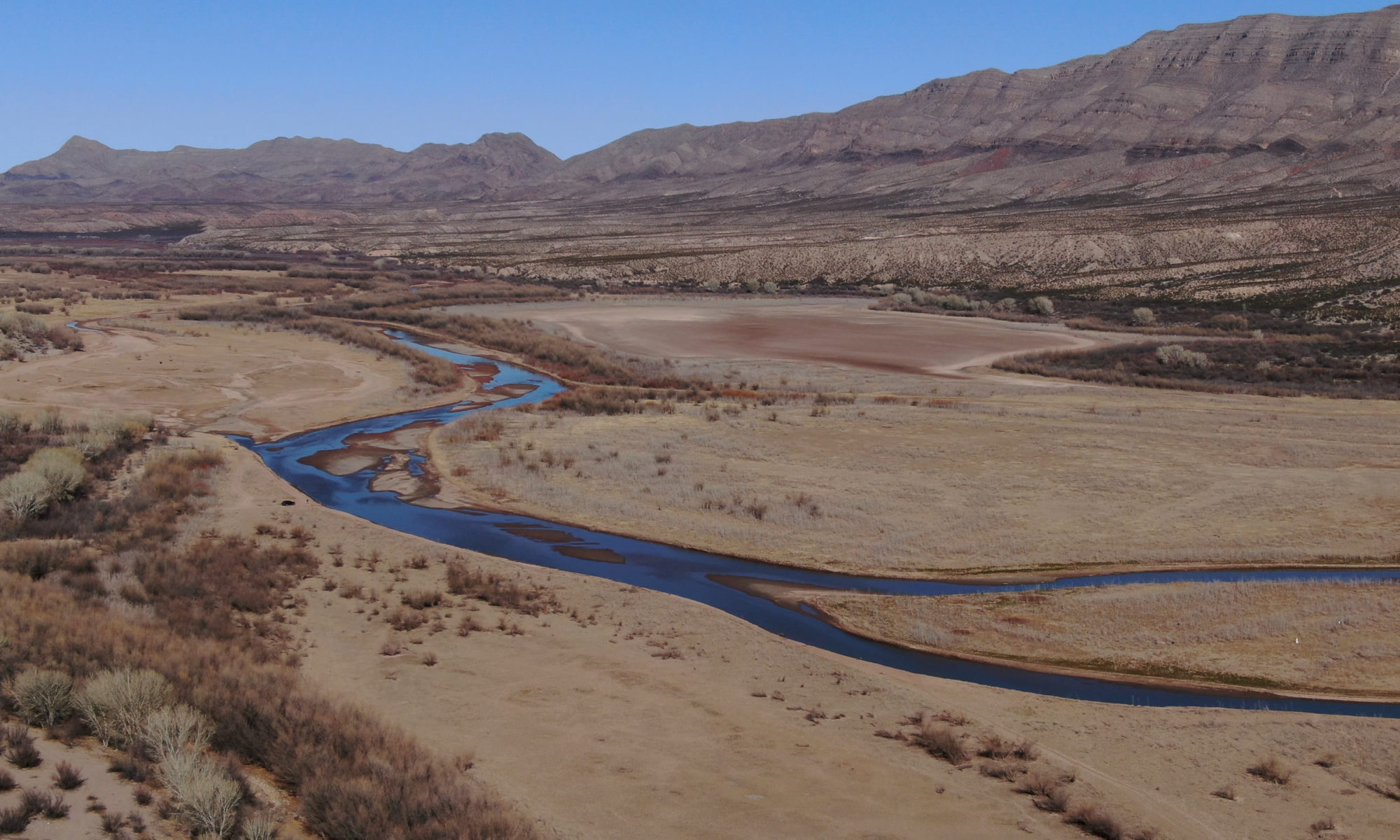“Whiskey is for drinking, water is for fighting.”
-Mark Twain
Requiem for a River’s central character is the Río Grande itself, its story one that faces river communities throughout the world amid increasing climate uncertainty and a reckoning for social justice. Gently edited, lean interviews narrate the image-driven tale, taking us deep into the daily experiences of diverse characters whose lives, cultures and futures are all tied to the Río Grande: indigenous Pueblo peoples for whom the river is sacred; urban environmental activists fighting for water justice; acequia- keepers who maintain communal irrigation systems built by their Spanish ancestors; a conservative white farmer who fears government restrictions on his water-intensive crops — and a newly elected member of the US Congress who argues that now is the time for collaboration and meaningful change.

Requiem for a River explores the ecological, cultural and spiritual significance of the Río Grande, while at the same time confronting the environmental and human costs of the effort to harness and control the great rivers of the West for agricultural and municipal growth.

The film doesn’t offer easy answers for the problems water scarcity and environmental justice. Yet the film suggests that, as infrastructure ages and temperatures rise, we have an opportunity to leave behind the 19th and 20th century models that caused great harm to both ecologies and communities.

New Mexico is unique in creating a blueprint for addressing the challenges of climate change by combining technological innovation with the time-tested wisdom of ancient practices to create resilient, sustainable water policy. “I feel really hopeful,” says Representative Melanie Stansbury — herself a scientist and water policy expert — “I believe we’re on the edge of a major paradigm shift.”

